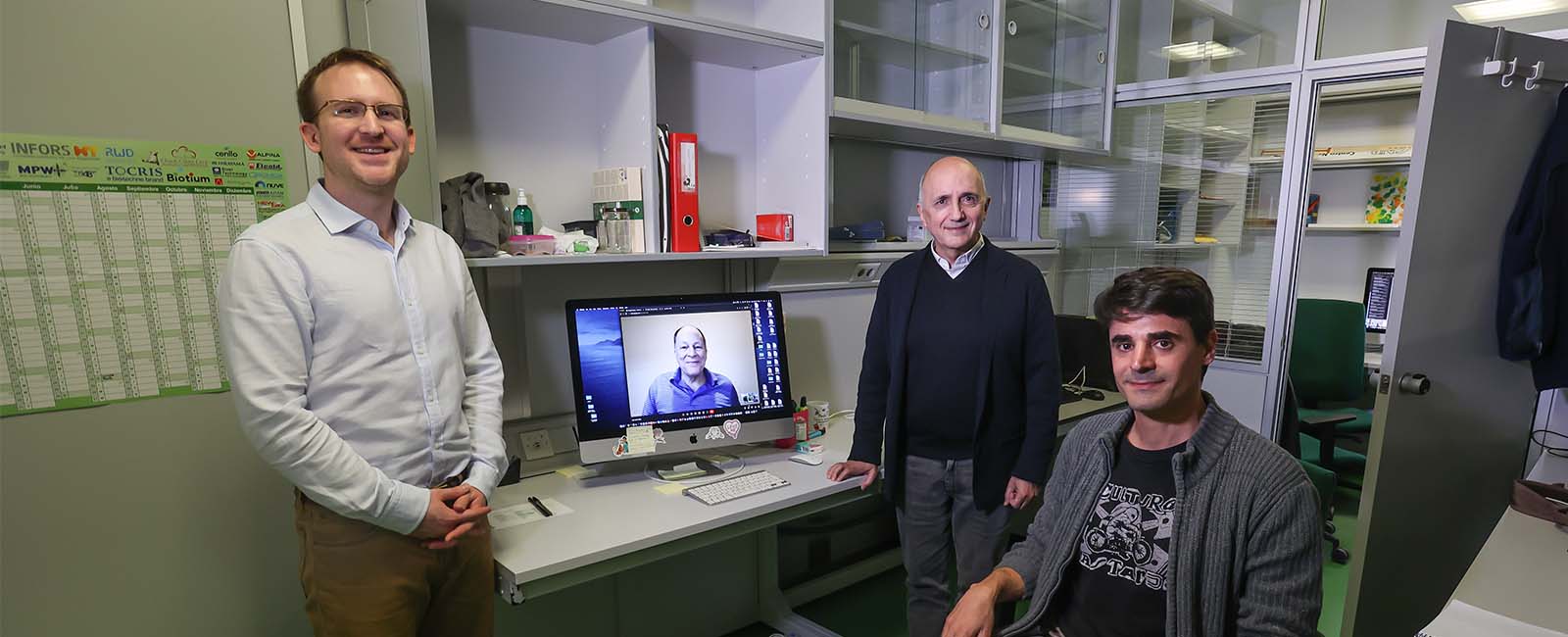RESEARCH TEAM
Principal investigators: Saúl Ares García (National Centre for Biotechnology, CSIC, Madrid); Germán Rivas Caballero (Margarita Salas Centre for Biological Research, CSIC, Madrid); John Glass (J. Craig Venter Institute, California, United States).
Team members: Diego Laxalde (Food Science Research Institute, CSIC, Madrid); James Pelletier (National Centre for Biotechnology, CSIC, Madrid); Ana Raso (Margarita Salas Centre for Biological Research, CSIC, Madrid); Alejandro Serrano (National Centre for Biotechnology, CSIC, Madrid).
DESCRIPTION
This project aims to elucidate how the most basic living cell grows and divides. Known as the “minimal cell” it was first “fabricated” eight years ago by a team at the J. Craig Venter Institute (JCVI) – a groundbreaking institution in the synthetic biology field – led by Professor John Glass.
Efforts to synthesize the basic elements of living beings have intensified in recent decades, and Glass’s team showed that it is now possible to construct entire synthetic genomes of bacteria. In parallel, work has been proceeding in another field of biology devoted to combining purified proteins to build increasingly complex systems. The MINCELL project stands at a halfway point between these two currents: “We want to make connections between these two worlds, to define fundamentally how this minimal living thing grows and divides,” explains team member James Pelletier, a researcher at Spain’s National Centre for Biotechnology (CNB).
The researchers hope to achieve a detailed understanding of how cell division works in this very basic living system, with a view to using this knowledge to understand increasingly complex systems going forward. “We believe that, to a very large extent, what is true for the minimal cell, the true basics of it, will be true for the rest of life on Earth,” affirms Glass, while Saúl Ares – a CNB tenured scientist – makes this comparison: “I like to regard the minimal cell as the hydrogen atom of cell biology, because in the same way that understanding hydrogen, the simplest atom, helped advance physics, our objective is to understand the minimal cell and its components.”
Pelletier conjectures that the characteristics of this system might resemble those of very simple organisms present at the dawn of life: “The physics of how it divides might mimic the way things were before the evolution of our highly specialized machinery for cell division.”
The project, as such, could also shed light on the origin of life by more closely defining the threshold of complexity necessary for life to occur. “We use the telescope to understand infinitely far away material and the microscope to explore the infinitely small, but there’s lots of stuff in between that we don’t see because we lack the right tools. In our case too we need new tools to understand where to locate the threshold of complexity that intrigues so many of us,” explains Germán Rivas, a research professor at the Margarita Salas Centre for Biological Research.
Glass offers his own summary: “Right now we can tell when something’s alive, but we can’t really explain at a true molecular level how this happens. Thanks to this project and a lot of other pioneering research, in the next ten years we will have just an unprecedented view of what it means to be alive.”

